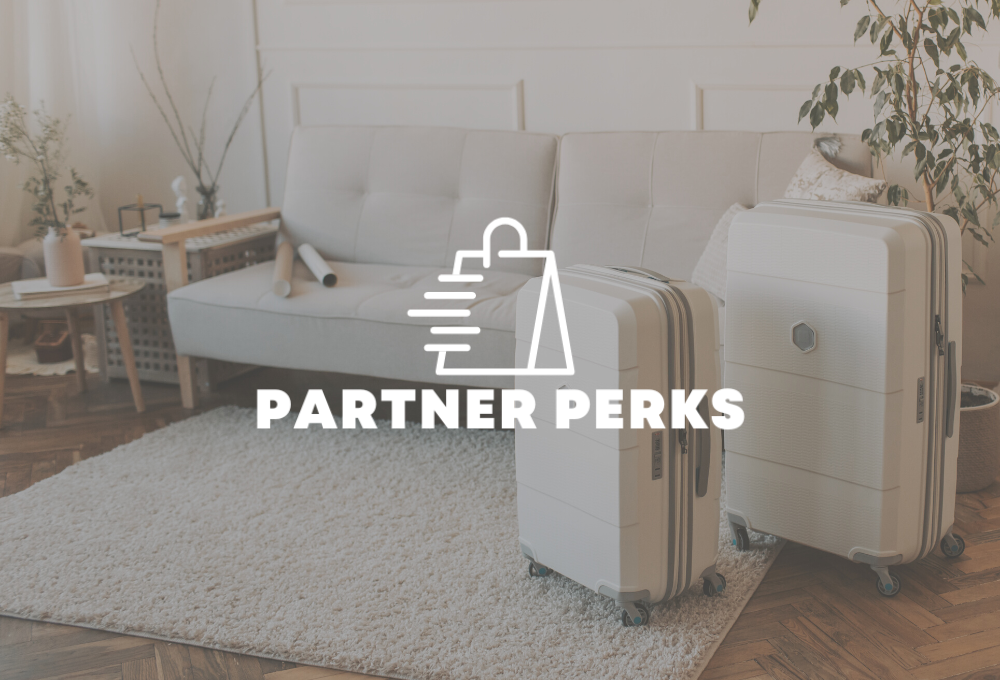Overview
Unless you’re flush with cash, you’ll probably need a mortgage loan to make your dreams of homeownership come true. In fact, nearly three out of every four homebuyers in 2024 used a mortgage to purchase their house.
But knowing you need financing is only the first step. Before you can buy a house, you’ll also need to determine what type of mortgage loan you need, and that can be a hard decision.
Not sure what mortgage options you should explore? This guide can help.
What is a Mortgage?
A mortgage is a type of secured loan. It can be used to purchase, build, renovate, or tap into the equity of a home, and it uses the property itself as collateral. This means the lender can foreclose on the home if you fail to make payments.
With a mortgage loan, you spread the costs of a home out over many years, often as long as three decades, making principal and interest payments monthly until the entire balance is paid off. Interest rates and terms can vary widely by lender and loan program.
Types of Mortgages
There are many types of mortgages to choose from, and the right one depends on many factors, including how much you have saved for a down payment, your credit score, your existing debts, where you’re buying a home, and more.
See below for a breakdown of your options as a borrower.
Types of mortgages by interest rate
When you get a mortgage, you’ll always pay interest, but the method by which you pay it can vary.
Typically, you can choose one of the two following options:
Fixed-rate: This means your interest rate is set and will remain the same for the entirety of the loan’s term. It’s your best choice if you want a consistent monthly payment that’s easy to budget for.
Adjustable-rate: Also called “ARMs,” these loans have rates that can change over time. They typically have lower rates than fixed-rate mortgages at the beginning, but then after a few years, the rate can increase. This increases your monthly payment, too. ARMs are usually best for buyers who don’t plan to be in the home long or who are willing to refinance later on.
In some cases, you may be able to get a loan that’s interest-only for the first few years, meaning at the start, you’ll only owe the lender interest on what you’ve borrowed, and full interest-and-principal payments won’t start until later on. These are a good choice if you aren’t making much money now but know your income will increase in a few years.
Types of mortgages by loan program
Beyond a mortgage’s approach to charging interest, you also have a choice in what loan program you use.
Here’s a chart showing the most common loan programs you can choose from:
| Loan type | Requirements | Who it’s best for |
| FHA | 3.5% to 10% down payment 500 to 580 minimum credit score 43% to 50% maximum debt-to-income ratio | First-time homebuyers, buyers with lower credit scores |
| Conventional | 3% down payment 620 to 640 minimum credit score 45% maximum debt-to-income ratio | Borrowers with decent credit scores |
| VA | Must be a veteran or active-duty military member and meet certain service requirements No minimum down payment No set credit score requirements | Veterans, military members, and their spouses |
| USDA | Must be buying a home in an eligible part of the country No minimum down payment No set credit score requirements Must have a household income 115% or less of the area’s median | Rural and some suburban homebuyers, low-income borrowers, and homebuyers who cannot qualify for other programs |
FHA, VA, and USDA mortgages are all kinds of government-backed loan programs, meaning the U.S. government assumes some of their risk. (Lenders will actually get repaid for a portion of their losses if a borrower defaults on the loan.) For this reason, these loan programs tend to be easier to qualify for, at least from a credit standpoint, when compared to other loan programs.
Niche mortgages
There are some other, less common mortgage types you might consider as well. Some are specifically for seniors or tapping the equity in an existing property, while others are good for small business owners, freelancers, or luxury homebuyers.
Some niche mortgage programs to consider include:
Reverse mortgages: These are mortgages for senior homeowners that work in reverse. Instead of you paying the lender, the lender pays you—as a lump sum, in monthly payments, or via a credit line. You usually have to be 62 or older to qualify, though some lenders offer reverse mortgage programs for those 55 and up.
Second mortgages: Second mortgages are a loan you take out in addition to your main mortgage. They allow you to borrow from your home equity and turn it into cash, which you can use to cover the costs of repairs, renovations, or any other expense. Home equity loans and HELOCs are good examples of second mortgages.
Jumbo loans: Jumbo loans are a type of mortgage used by borrowers needing a particularly large loan amount. You might need one if you’re buying in an expensive area or eyeing a luxury property.
Non-QM loans: Non-qualifying mortgages, or non-QM loans, are loans that offer a little more flexibility than other programs. They may allow you to verify your income in different ways (say, with invoices or bank statements instead of tax returns and paystubs) or be more lenient with certain credit requirements. They’re good for business owners, freelancers, contractors, and others with non-traditional income.
If you need help with your down payment, you could also look into a piggyback mortgage. This is a second loan you take out to reduce your out-of-pocket costs at closing.
Get Help Choosing the Right Mortgage
You might be stuck with your mortgage for a while, so if you’re not sure which type of mortgage is the right fit, talk to a mortgage professional. This can be a loan officer at a bank you trust or a mortgage broker, who essentially acts like a personal shopper, but for mortgage loans. They’ll help you run the numbers, compare loan programs, and weigh your options. They can also assist with the application process when it’s time to pull the trigger.

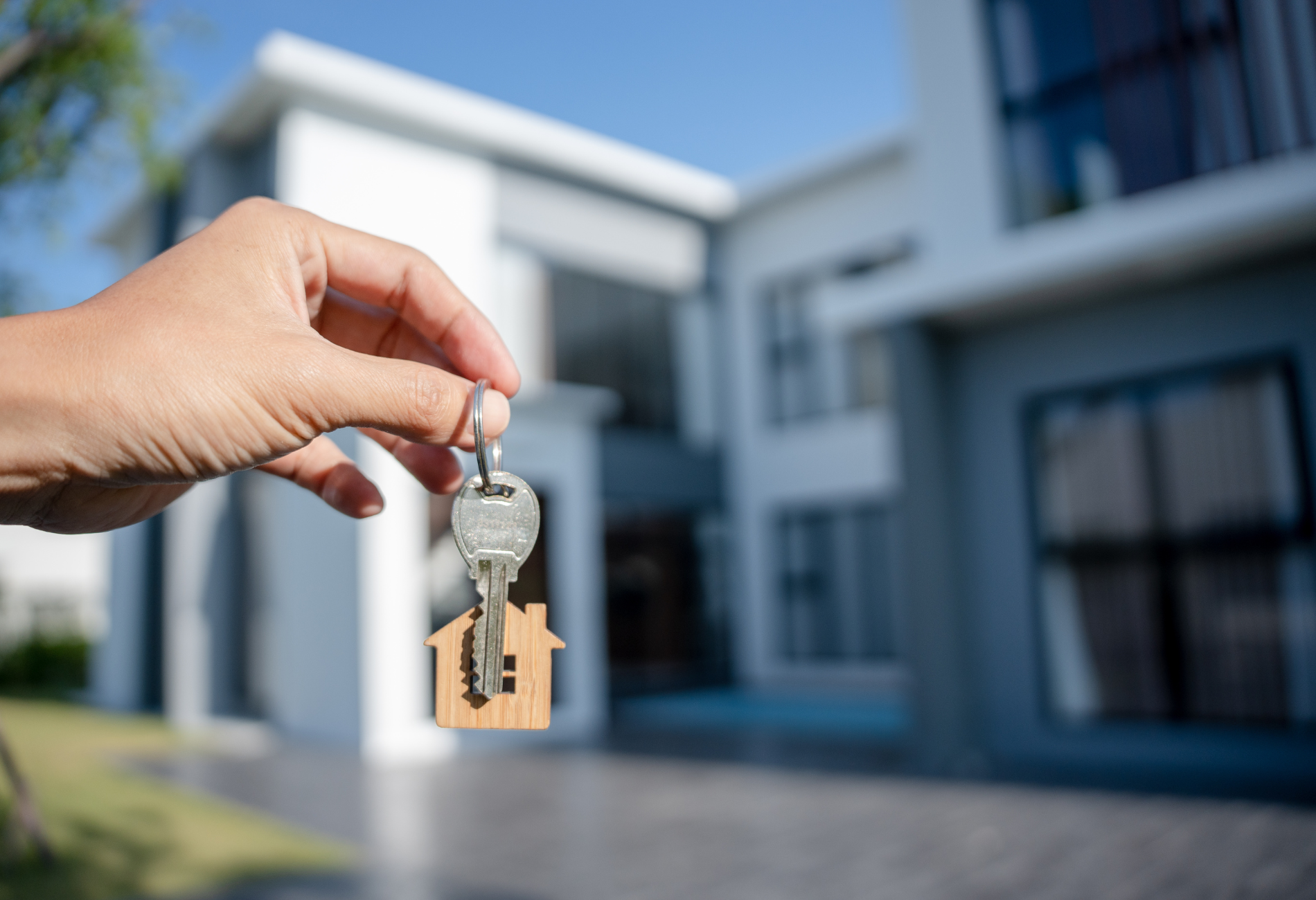
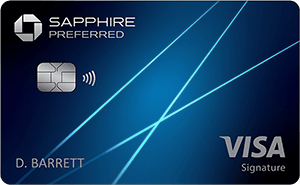
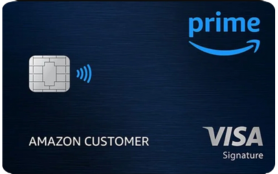
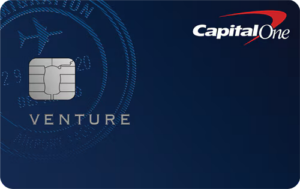
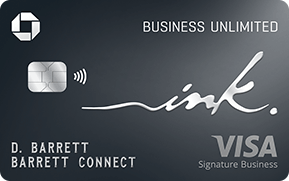
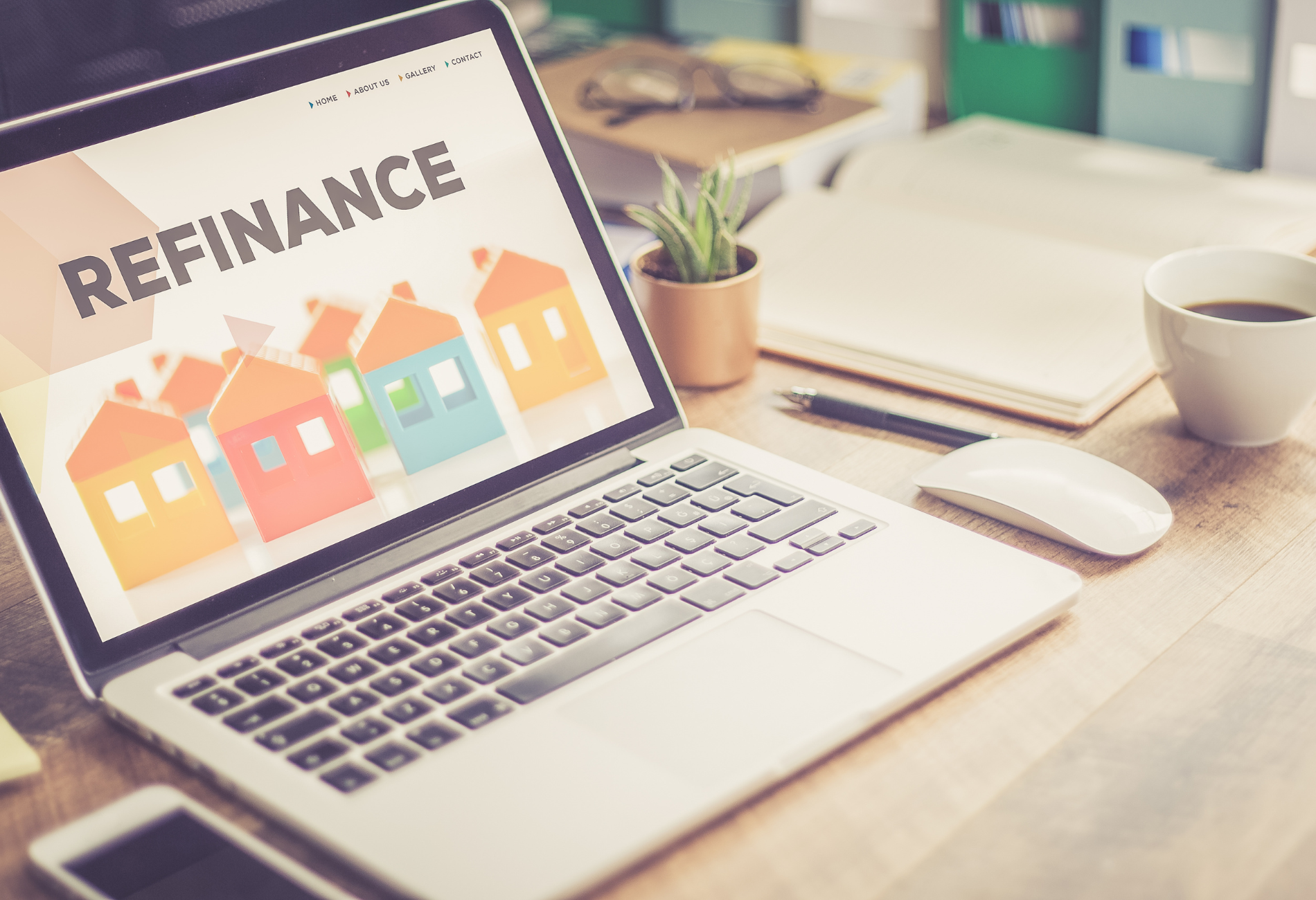


 by your friends at The Daily Navigator
by your friends at The Daily Navigator

